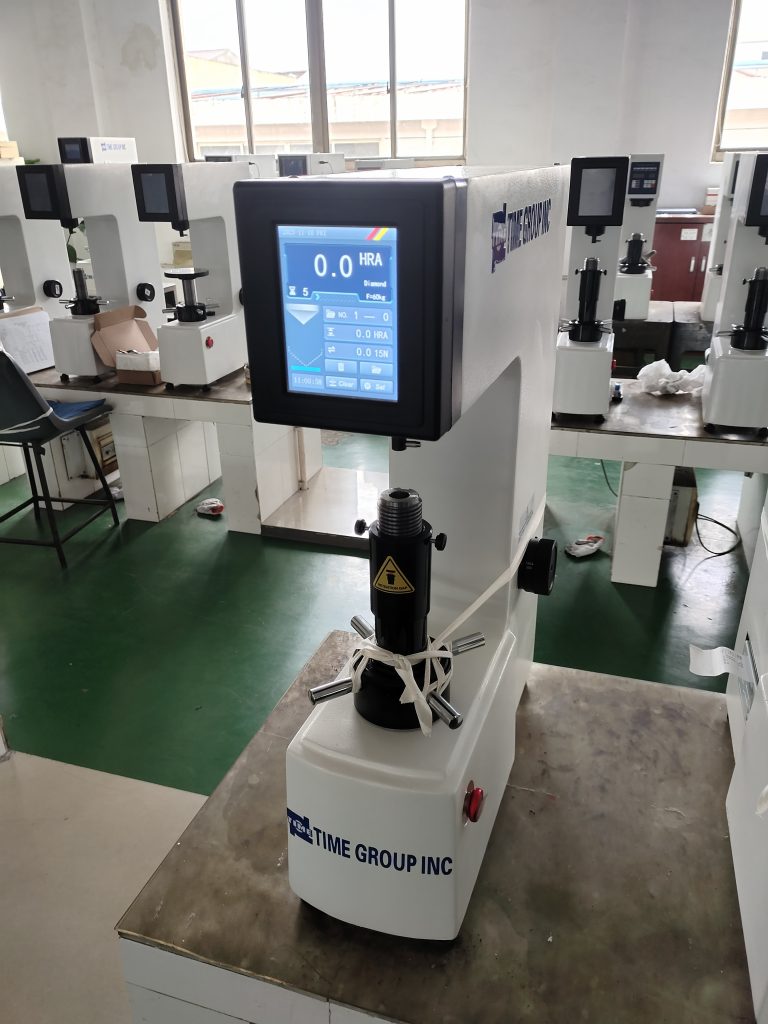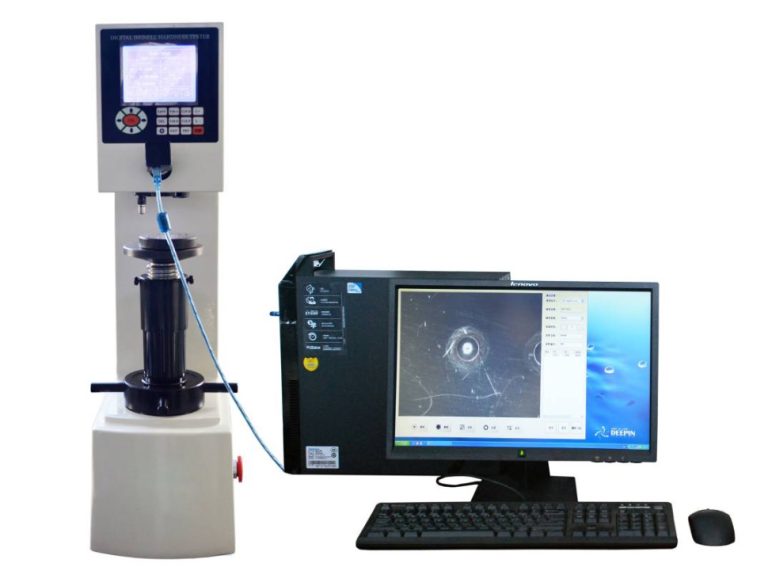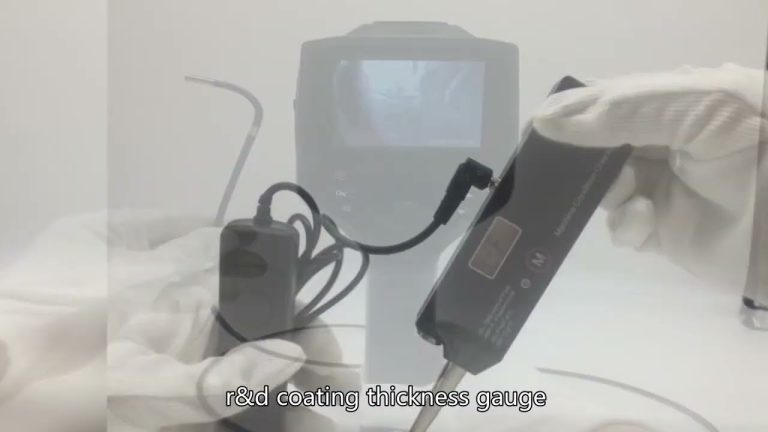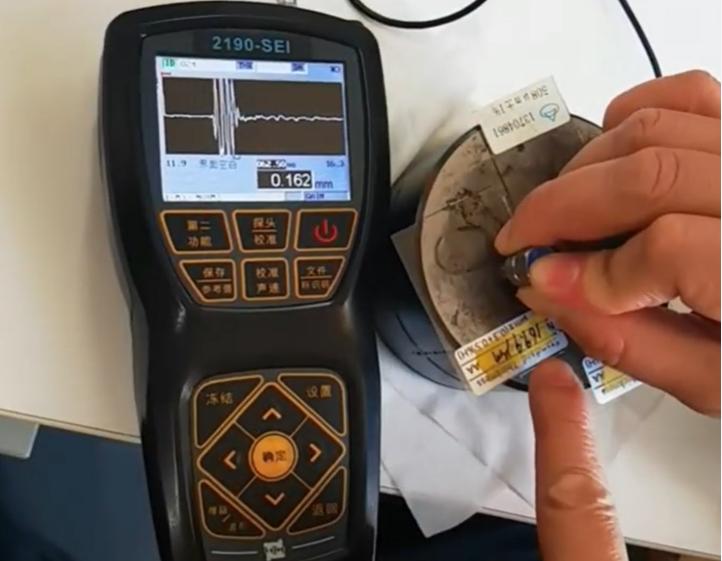BEIJING TIME VISION AI INSTRUMENT LTD.-Automated inspection expert
https://onlinemachinemfr.com/
wechat:0086 152 0162 5204
Email: hardnesstester01@gmail.com
———————————-
Ultrasonic hardness tester high grade supplier China,gauge 2 to mm thickness,rimfire rim thickness gauge,testing surface roughness,phased array detector affordable factory,Hardness tester disadvantages,hardness gage review ,Hardness tester conversion challenges,qualitest hardness tester,Ultrasonic flaw detection for flaw interpretation,ultrasonic flaw detector for sale.
Brinell hardness tester is widely used. The following is an explanation from the introduction of Brinell hardness to the principle and application operation of Brinell hardness tester. Through this article, we can give everyone a perceptual understanding.
Brinell hardness (HB): Use a certain test force such as: 187.5kg250kg3000kg and other loads to press a steel ball or cemented carbide ball of a certain diameter into the surface of the material and keep it for a period of time. After the load is removed, the load will be the same as that of the material. The ratio of the indentation area is the Brinell hardness value (HBSHBW), and the unit is N/mm2. Brinell hardness tester is suitable for measuring workpieces made of high-hardness materials such as cast iron. Among steel pipe standards, Brinell hardness is the most widely used. The indentation diameter d is often used to express the hardness of the material, which is both intuitive and convenient. Brinell hardness tester is mainly used to test the hardness of forged steel and cast iron with uneven structure. The Brinell hardness of forged steel and gray cast iron has a good correspondence with the tensile test. Building Material Compression Testing Machine YES-2000C https://onlinemachinemfr.com/product/building-material-compression-testing-machine-yes-2000c/
How the Brinell hardness tester works:
The working principle of the Brinell hardness tester is to press a steel ball of a certain diameter into the surface of the sample at a certain speed under a certain test force, and then remove the test force after the specified test force is maintained for a specified time. The Brinell hardness value of the metal is expressed by the average pressure on the indented spherical surface area of the sample.
Classification of Brinell hardness tester:
According to the range of testable material hardness values, there are large load Brinell hardness testers and small load Brinell hardness testers; according to the degree of operation automation, there are manual turret Brinell hardness testers and automatic turret Brinell hardness testers; according to the test hardness value reading display The methods are classified into electronic Brinell hardness tester, digital Brinell hardness tester, LCD screen electronic Brinell hardness tester, and computer digital Brinell hardness tester. Automatic Leeb Hardness Measurement System TIME5210A https://onlinemachinemfr.com/product/automatic-leeb-hardness-measurement-system-time5210a/
The large-scale Brinell hardness tester adopts a portal frame and a large movable platform with a maximum moving distance of 1000mm; the maximum test height of the specimen can reach 950mm; the lateral movement distance of the spindle is 500mm; it is currently the largest Brinell hardness tester in China. Automatic Double Rockwell Hardness Tester TIME6106 https://onlinemachinemfr.com/product/automatic-double-rockwell-hardness-tester-time6106/
Features of Brinell Hardness Tester:
The advantage of the Brinell hardness tester is that it is well representative of hardness. Since a 10 mm diameter ball indenter and a 3000kg test force are usually used, the indentation area is large and can reflect the comprehensive influence of various metal components in a large range. The average value is not affected by individual composition phases and minor unevenness, so it is particularly suitable for measuring gray cast iron, bearing alloys and metal materials with coarse grains. Its test data is stable, reproducible, and its accuracy is higher than Rockwell and lower than Vickers. In addition, there is a good correspondence between Brinell hardness value and tensile strength value.
The disadvantages of the Brinell hardness test are that the indentation is large, the finished product inspection is difficult, the test process is more complicated than the Rockwell hardness test, the measurement operation and indentation measurement are time-consuming, and due to the bulges, depressions or smooth transitions of the indentation edges, the This causes a large error in the measurement of the indentation diameter, so the operator is required to have skilled testing techniques and rich experience, and is generally required to be operated by a specialized experimenter.







